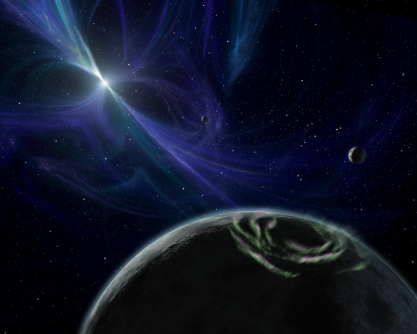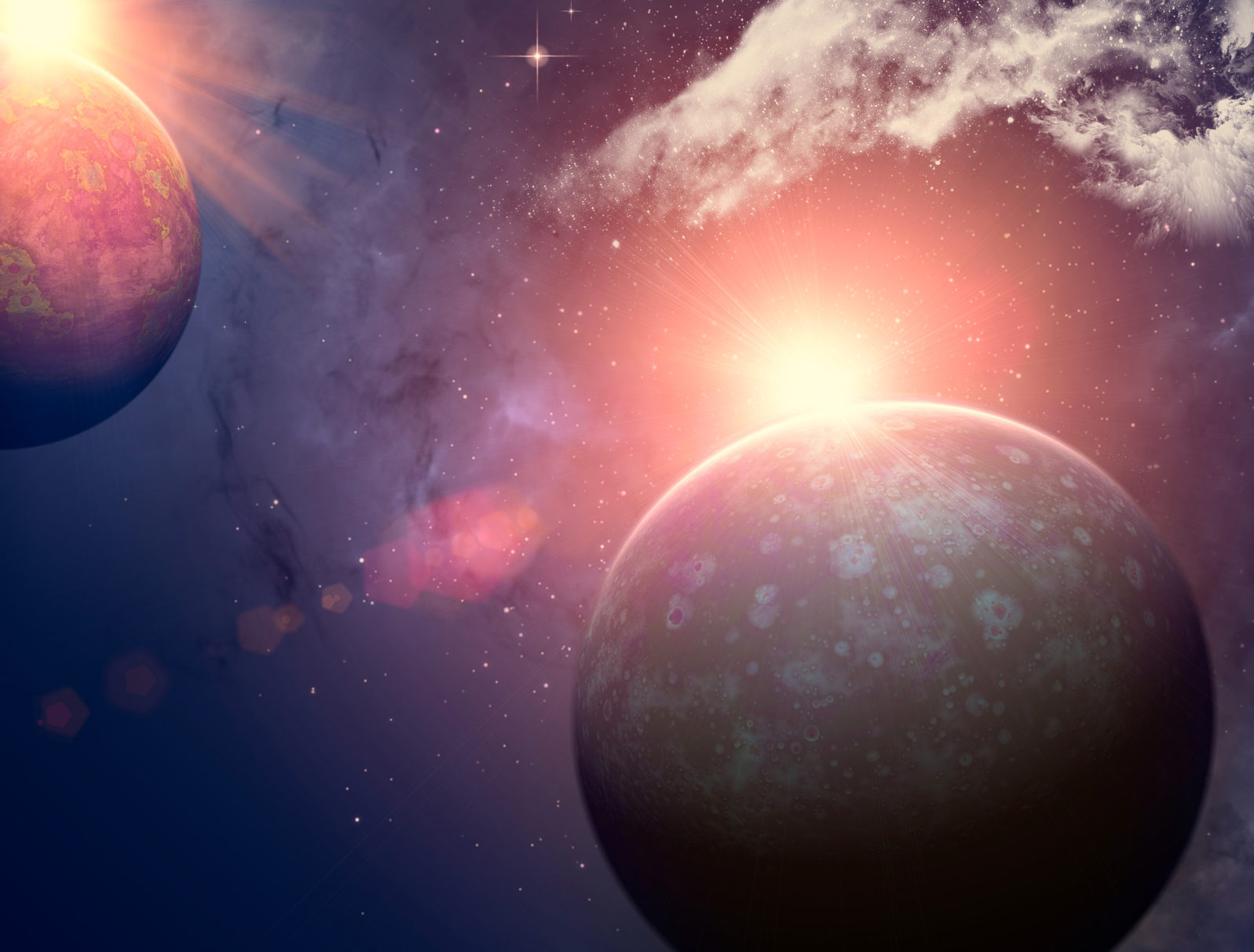Exoplanets: As the Data Streams Back… the Picture Comes In
China is now focusing on the search for a planet like Earth, using the Earth 2.0 Telescope (ET). Astronomer Jian Ge believes his team can find 17In recent exoplanet news:
● China is now focusing on a search for a planet like Earth:
Most likely, such a planet does exist, but in the relatively nascent field of exoplanet research, no one has yet been able to find it. That is not for lack of trying. Kepler spent nine years searching over 150,000 stars, and while it detected almost 3,000 new exoplanets, none met the criteria of being Earth-sized in the habitable zone of a sun-like star. Bad luck might have played a role – the new paper’s authors even calculated that statistically, Kepler probably should have found at least one Earth-sized planet in a habitable zone.
Andy Tomaswick, “An Ambitious Plan to Find Earth 2.0” at Universe Today (July 21, 2022)
A team led by Jian Ge at the Shanghai Astronomical Institute thinks that, using their method — Earth 2.0 Telescope, or ET — they can locate at least 17 such planets. Overall, they hope to find 30,000 new exoplanets, including 5,000 rocky ones like Earth. Their ambitious space mission will be located at the L2 Lagrange Point, beside the James Webb Space Telescope. Their The paper, by the way, is open access.
Earth 2.0?
● Where land is located on a planet can matter for life, the Royal Astronomical Society says:
A team of researchers at the University of Toronto, have applied a 3-dimensional climate model (ExoPlaSim) to simulated Earth-like planets with two distinct dayside configurations. The first configuration is a circular continent in the middle of the dayside surrounded by ocean. The second configuration is the opposite: a circular ocean in the middle of the dayside with land everywhere else. For both cases, the size of the circle was varied to demonstrate how the planet’s climate depends on land fraction for each of these continent configurations.
Among other things, a planet’s habitability is dependent on its surface temperature and the amount of moisture in its atmosphere. The study models the net precipitation, cloud fraction, and surface temperature across the dayside of the planet for different land configurations.
The results show that both the amount of land, and its configuration can have a large effect on the surface conditions of the planet. For models with similar dayside land fractions but opposing configurations, the average surface temperature can change by up to ~20oC. The results indicate that the amount of water vapour in the planet’s atmosphere heavily depends on the area of ice-free ocean on its surface. Planets with high land fractions have hotter and drier daysides with clouds and precipitation mostly confined to small central areas.
Royal Astronomical Society, “The Life Puzzle: The Location of Land on a Planet Can Affect Its Habitability” at Newswise (July11, 2022)
This finding suggests that planets where most of the surface is ice-free water are better bets for life. On Earth, 71% of the surface is (mostly) ice-free water. Also, Earth has the right mass to keep water while getting rid of gases that are toxic to life.
Here’s the ExoPlaSim planet modeling system if you are interested in installing and trying it.
● Some exoplanets may feature hot clouds of sand if similar brown dwarf stars are anything to go by. (Brown dwarfs are something between a star and a planet.)
With the combined data, the astronomers found conclusive evidence for sand clouds in brown dwarfs. But the brown dwarfs only supported sand clouds if they had a temperature cooler than 3,100 degrees Fahrenheit (about 1,700 degrees Celsius) and warmer than 1,900 F (1,000 Celcius).
If the brown dwarfs are too cool, the silicates can’t vaporize, and if they’re too warm, the silicates can condense into clouds.
Some exoplanets are in the same temperature range, and based on this research the astronomers believe that those worlds are likely to host sand clouds as well.
Paul M. Sutter, “Earth has Clouds of Water. Hot Exoplanets Have Clouds of Sand” at Universe Today (July 20, 2022)
The astronomy paper requires a fee or subscription but here’s NASA’s take: “’Understanding the atmospheres of brown dwarfs and planets where silicate clouds can form can also help us understand what we would see in the atmosphere of a planet that’s closer in size and temperature to Earth,’ said Stanimir Metchev, a professor of exoplanet studies at Western University in London, Ontario, and co-author of the study.” – Spitzer Telescope
And the James Webb Space Telescope continues to surprise scientists: For WASP-96b, an exoplanet more than 1000 light years away, we learn this:
With the combined forces of its 270-square-foot mirror, precision spectrographs, and sensitive detectors, Webb has – in a single observation – revealed the unambiguous signature of water, indications of haze, and evidence for clouds that were thought not to exist based on prior observations. The transmission spectrum of the hot gas giant WASP-96 b, made using Webb’s Near-Infrared Imager and Slitless Spectrograph, provides just a glimpse into the brilliant future of exoplanet research with Webb. [emphasis added]
Latest News, “Webb: WASP-96b the most detailed spectrum of an exoplanet atmosphere” at Astronomy Now

Psr B1257+12 Detected in 1992/NASA/JPL-Caltech
And to think we only found the first exoplanet in 1992… Oddly enough, recent research suggests that exoplanets of of that type are actually quite rare: “less than 0.5% of all known pulsars could host Earth-mass planets.”
You may also wish to read: Among 5000 known exoplanets, there are some really strange ones Planets so strange that they prompt a rethink of the “planetary rulebook.” To sum up, whatever we see or read about planets in science fiction, something out there is likely stranger still.
